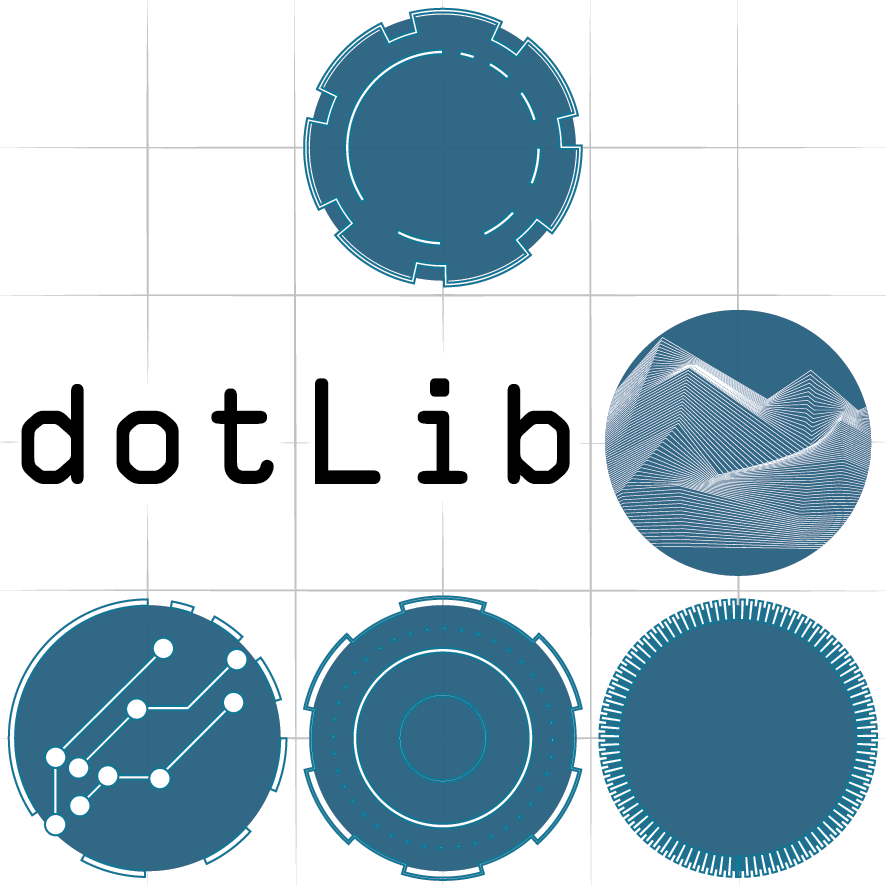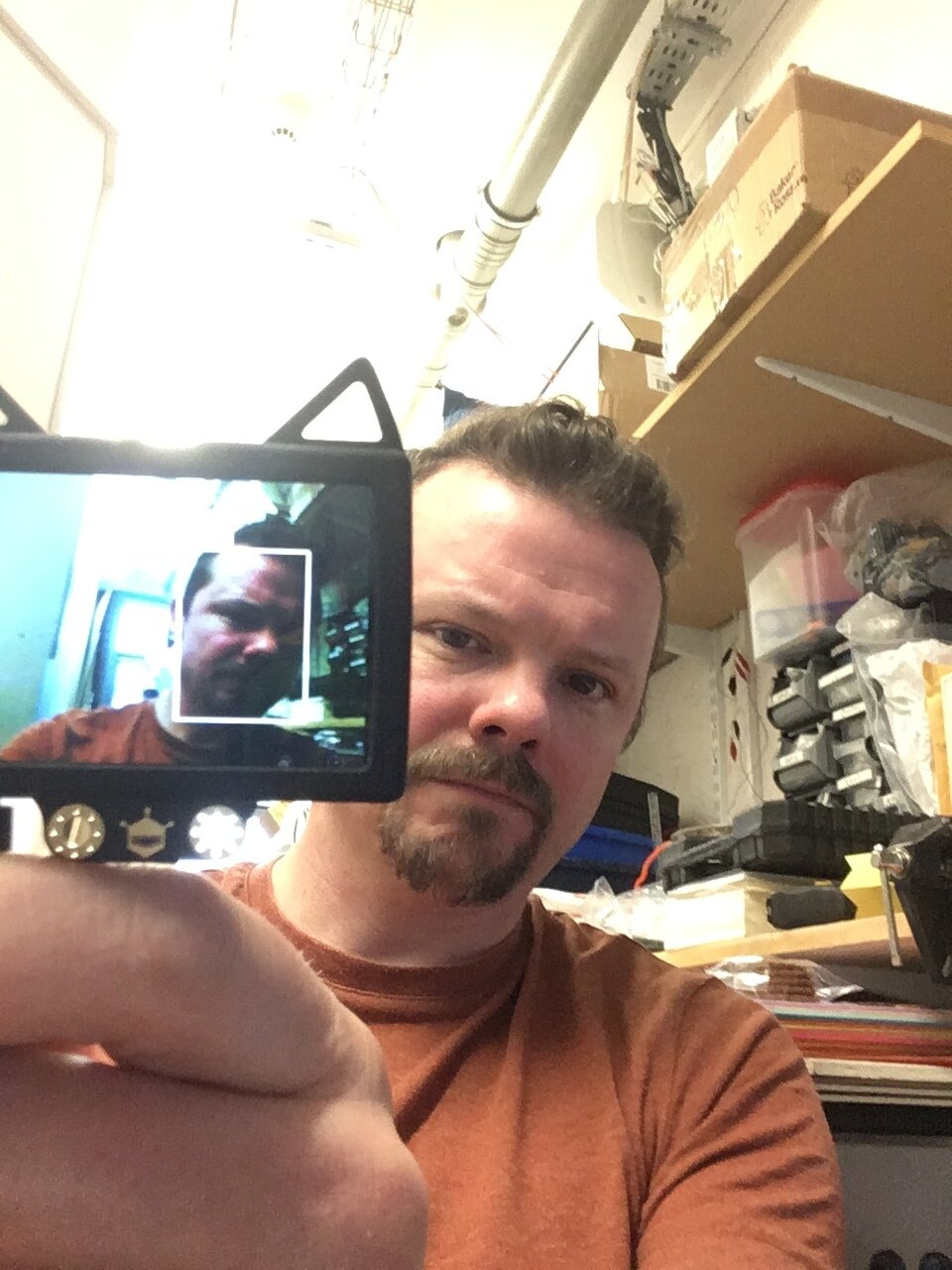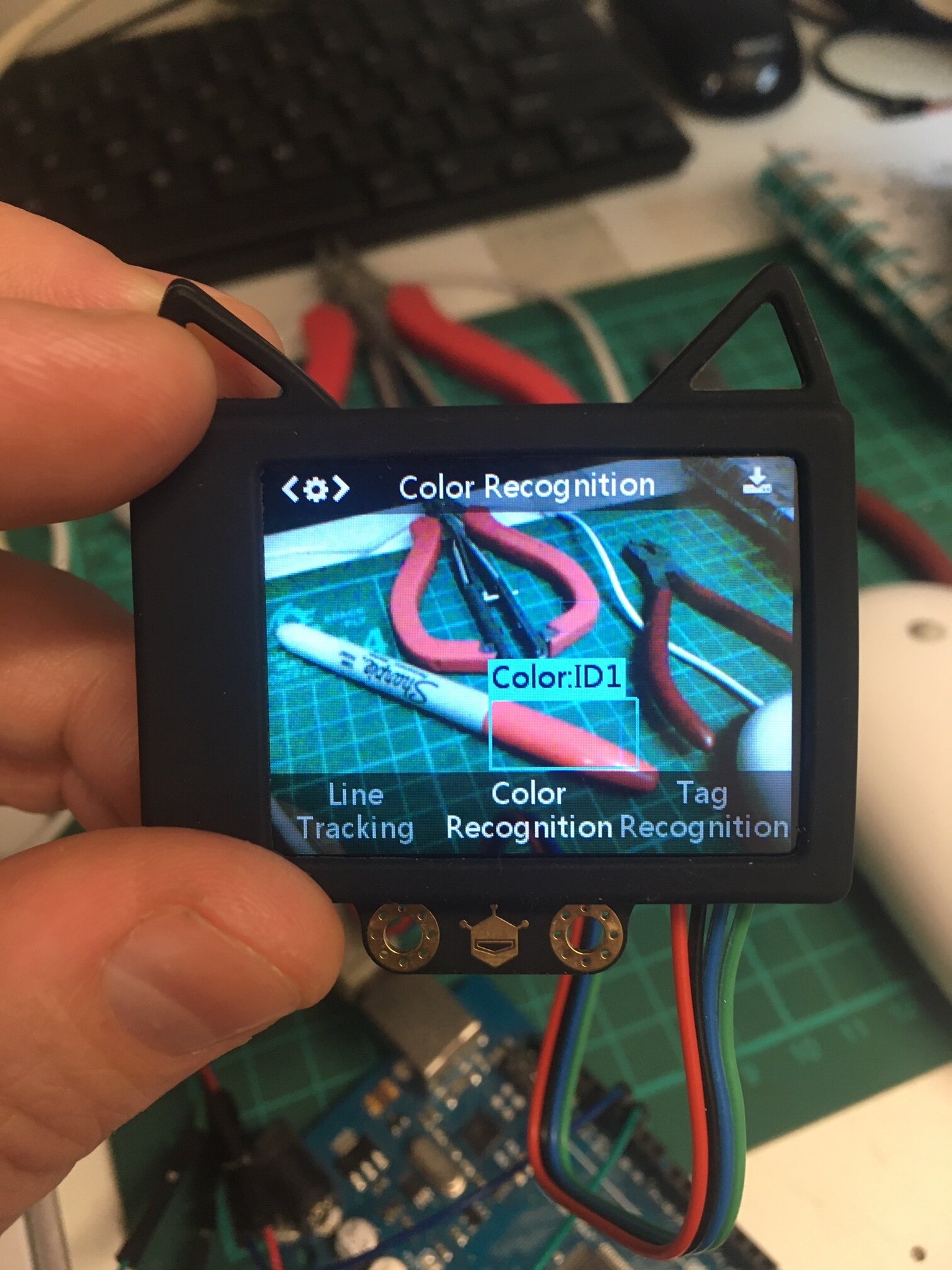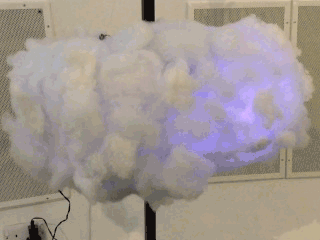I was working on a Nerf gun turret in my previous employment at a special needs school but never had time to finish it. There are a lot of very disabled children who don’t get to run around and wrestle like other kids do so I was trying to think of a way of them getting in on the ‘boisterous play’. The Nerf gun turret was meant to be something they could use with a small thumb joystick similar to one used to drive an electric wheelchair, or even controlled with eye gaze tracking. For this iteration I just hooked it up to a USB gamer joystick.
There are definitely some improvements to be made, the rig is flimsy, the tilt servo could do with some gearing, the gun often jams and I may have smoothed the input a little too much, but we are getting there! I’d love to hook it up to the Husky Lens and get some AI image tracking going on… face recognition to only attack a certain person?





















